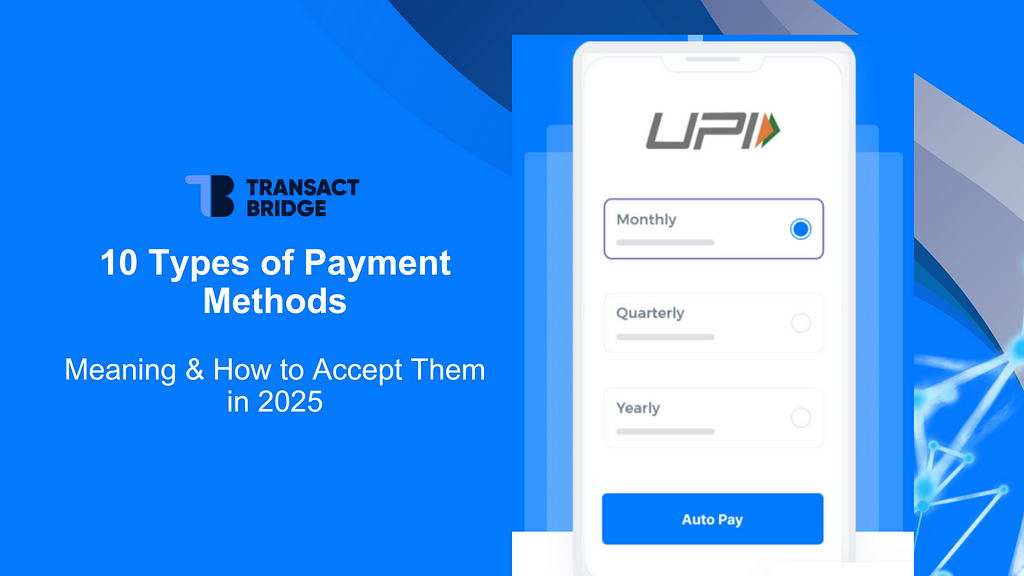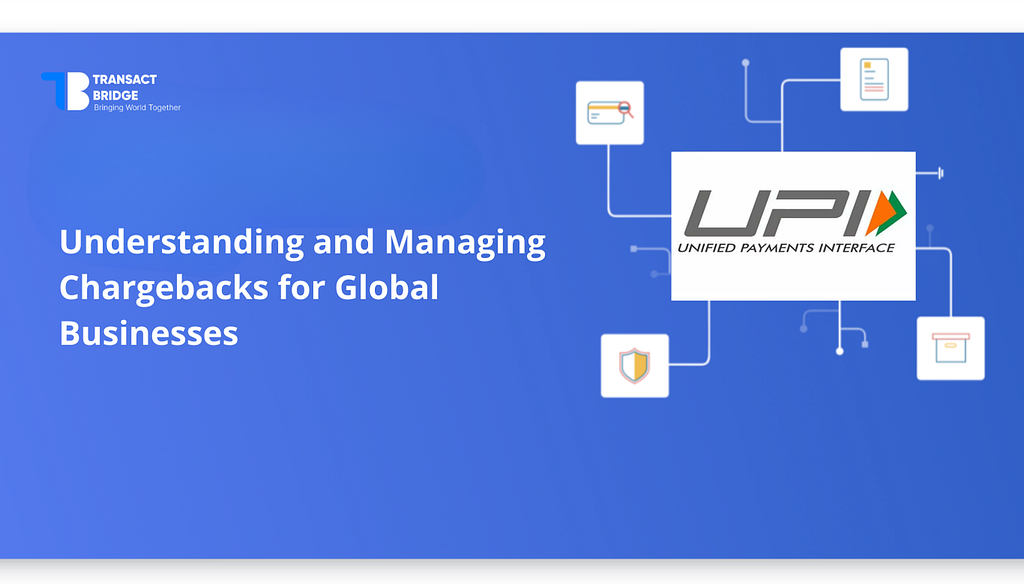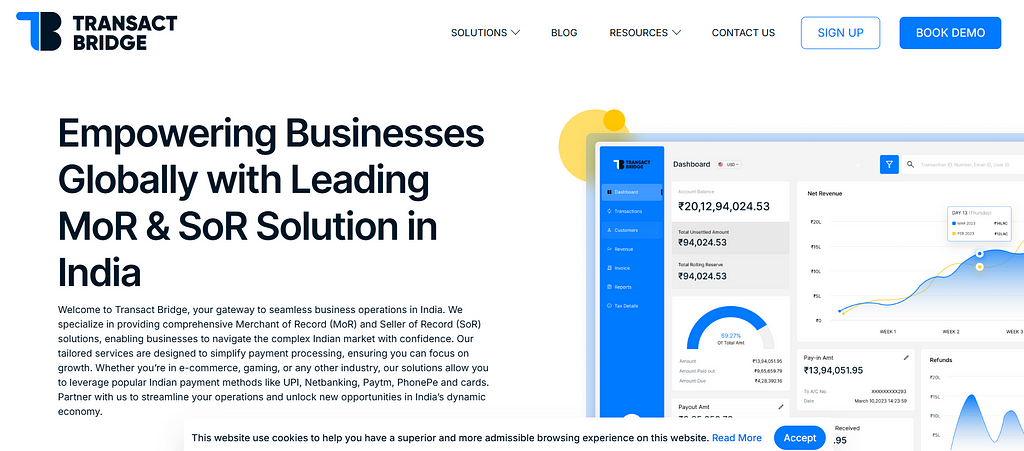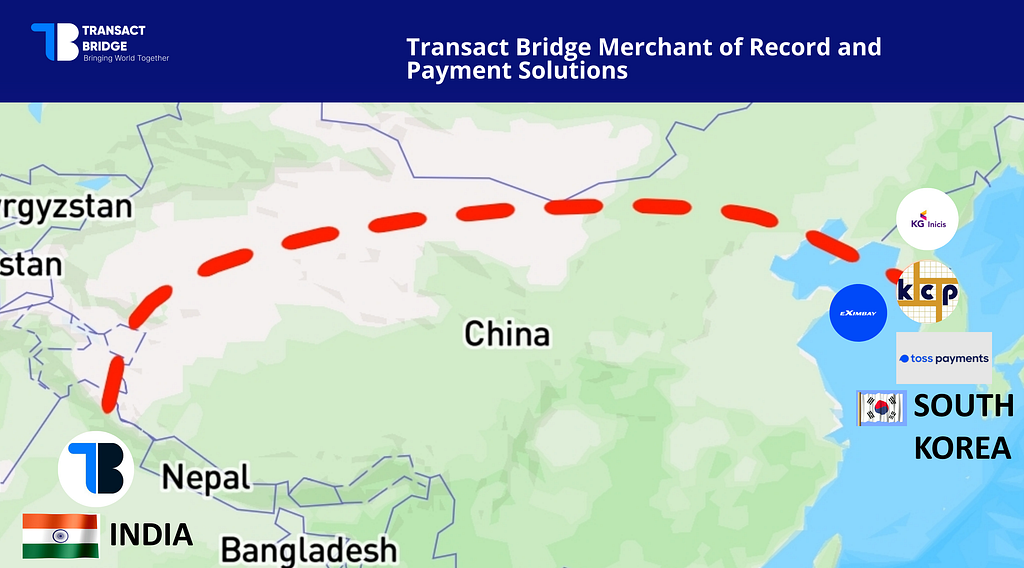
Mastering SaaS Pricing: A Guide to Models, Calculators, and Strategies
Published on: Tue 14-Jan-2025 07:40 AM

Setting the right price for your SaaS product is a critical decision that impacts customer acquisition, retention, and profitability. For SaaS businesses operating in India, an added layer of complexity lies in offering payment options that cater to local preferences, such as UPI, card payments, and net banking.
This is where Transact Bridge excels, providing robust payment solutions that enable SaaS companies to accept payments in INR through UPI platforms like Paytm, PhonePe, and Google Pay.
In this article, we’ll explore SaaS pricing strategies, the role of tools like pricing calculators, and how leveraging solutions like Transact Bridge can streamline payments, maximize Annual Recurring Revenue (ARR), and grow your SaaS business in India.
The Importance of Effective SaaS Pricing
Imagine launching a SaaS product that solves a critical pain point for Indian businesses, yet fails to gain traction. Often, the issue lies not in the product but in its pricing or inability to offer seamless payment options that resonate with local customers.
For SaaS companies, pricing impacts everything from customer acquisition to ARR. In India, enabling convenient payment methods like UPI can significantly reduce friction and increase conversions.
Example: A recent report by Statista highlights the rapid growth of UPI transactions in India, making it essential for SaaS businesses to integrate such payment solutions.
Popular SaaS Pricing Models
Choosing the right pricing model is a balance of understanding customer needs, product value, and market demands. Here are the most common SaaS pricing models:
1. Flat-Rate Pricing
A straightforward model where all users pay the same price.
Example: Streaming services like Netflix follow flat-rate pricing, providing simplicity for users.
2. Tiered Pricing
Offers multiple pricing tiers, each with different features or usage limits.
Example: CRM platforms like HubSpot (hubspot.com) tailor their offerings with tiered plans to accommodate startups and enterprises.
3. Usage-Based Pricing
This pay-as-you-go model charges customers based on their usage.
Example: Cloud providers like AWS (aws.amazon.com) and Google Cloud (cloud.google.com) use this approach.
4. Freemium Models
Offers basic features for free and charges for premium functionality.
Example: Collaboration tools like Slack (slack.com) attract users with free tiers and convert them to premium plans.
5. Custom Pricing for Enterprises
Tailored pricing for large organizations, often crafted using enterprise SaaS pricing model generators.
Example: Platforms like Salesforce (salesforce.com) offer customized plans for enterprise clients.
Leveraging Transact Bridge for Indian SaaS Companies
For SaaS companies selling products in India, integrating Transact Bridge can be a game-changer. With the growing adoption of digital payment platforms like UPI, SaaS providers must offer flexible payment options to meet customer expectations.
Features of Transact Bridge for SaaS Payments:
UPI Integration: Accept payments via Paytm, PhonePe, and Google Pay.
Card Payments: Offer customers secure and seamless card payment options.
Net Banking Support: Enable direct payments from bank accounts for a wider reach.
INR Support: Ensure all transactions are processed in INR, eliminating currency conversion barriers.
Example:
A SaaS company providing HR management tools saw a 30% increase in conversions after enabling UPI payments via Transact Bridge, making the checkout process faster and more user-friendly.
SaaS Pricing Challenges and Solutions
Even with robust tools, pricing SaaS products can be tricky. Let’s look at some common challenges and how Transact Bridge can help:
1. Refunds and Chargebacks
Refunds, such as those processed on Gumroad (“purchase refunded after purchase”), can erode revenue. By ensuring secure, transparent payment processes through Transact Bridge, SaaS businesses can reduce refund rates and maintain ARR.
2. Localized Payment Preferences
Indian users prefer UPI and net banking over international payment gateways. By integrating Transact Bridge, SaaS companies can offer payment options that resonate with local customers, reducing cart abandonment.
3. Scaling ARR with Annual Plans
Transact Bridge supports recurring payments, making it easier for SaaS providers to offer discounted annual subscriptions, boosting ARR while ensuring customer retention.
Using SaaS Pricing Calculators
Pricing calculators simplify decision-making by factoring in costs, revenue goals, and market trends. For Indian SaaS businesses, incorporating regional pricing insights can enhance their effectiveness.
Example:
A SaaS startup uses a pricing calculator to estimate revenue for different pricing tiers and adjusts prices based on the affordability of Indian SMEs. With the integration of Transact Bridge, they also calculate optimal payment options to reduce friction.
Recommendation:
Use tools like ProfitWell to gain insights into subscription pricing or Paddle for global SaaS payment solutions.
Boosting ARR with Transact Bridge
ARR (Annual Recurring Revenue) is a critical metric for SaaS businesses. To maximize ARR, here’s how pricing strategies and payment integrations via Transact Bridge can help:
1. Annual Subscription Discounts
Encourage users to switch from monthly to annual plans by offering UPI-based discounts. This not only boosts ARR but also reduces churn.
2. Seamless Payment Experience
A frictionless checkout experience leads to higher conversion rates. With Transact Bridge, you can offer UPI, card payments, and net banking for a smooth transaction journey.
3. Optimized Pricing Models
Use enterprise SaaS pricing model generators to create custom plans, then integrate them with Transact Bridge’s payment solutions for streamlined implementation.
Success Stories: How Payment Solutions Drive Growth
Case Study: SaaS Startup in India
An Indian SaaS company offering invoicing solutions struggled with high cart abandonment rates due to limited payment options. After integrating Transact Bridge, they enabled UPI payments via Paytm and Google Pay, which accounted for 60% of their transactions within three months.
This resulted in a 40% increase in ARR and improved customer satisfaction.
Lesson Learned: Adapting to regional payment preferences is essential for SaaS businesses targeting the Indian market.
Conclusion
Pricing your SaaS product effectively is crucial for scaling your business, especially in a diverse market like India. Combining the right pricing strategy with localized payment solutions like Transact Bridge can drive conversions, boost ARR, and improve customer loyalty.
Ready to optimize your pricing and payments for success? Visit Transact Bridge to explore how we can help SaaS companies like yours thrive in the Indian market.












